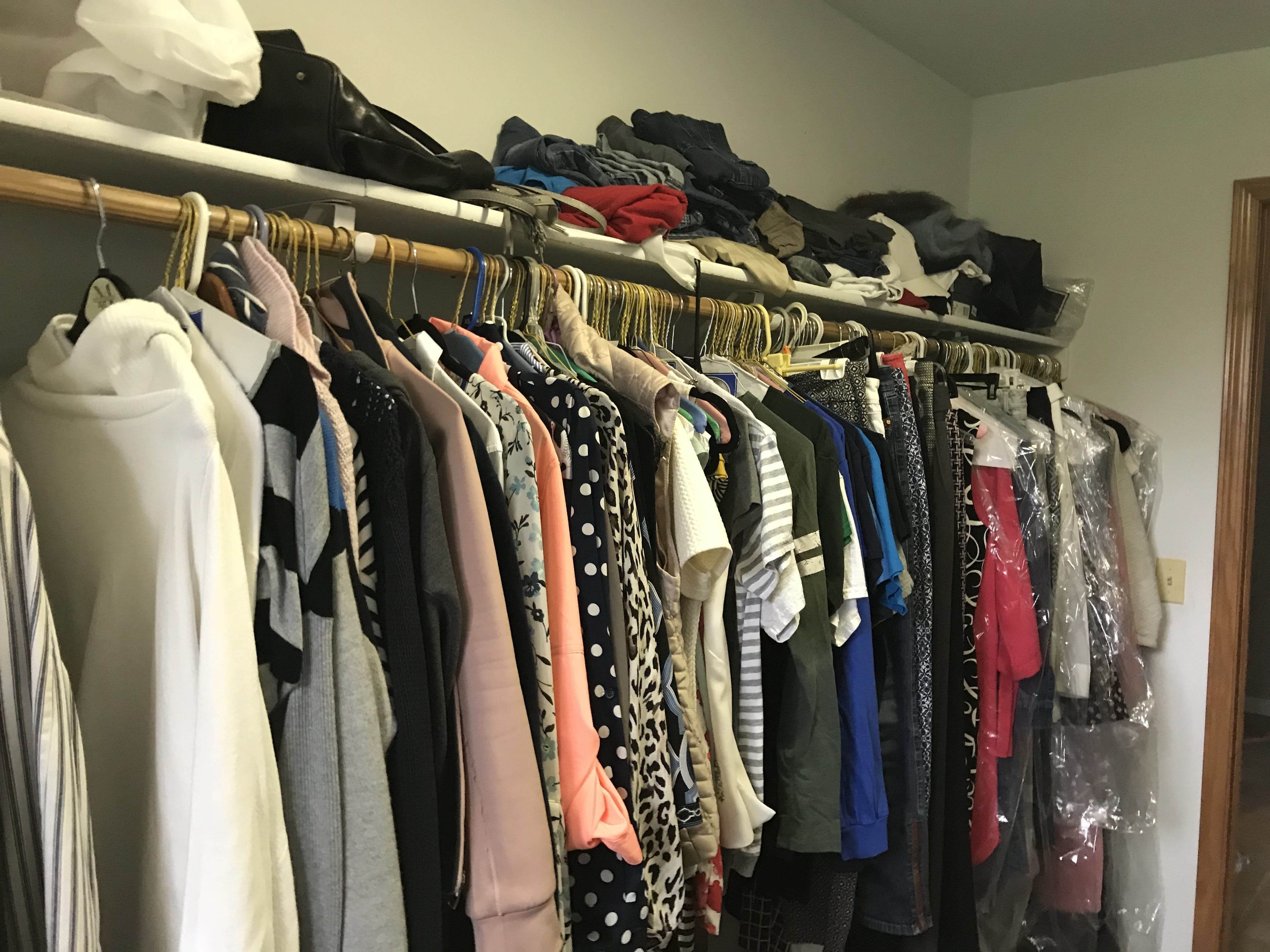The main highlights of my dress practice interview with my mother were that she persistently keeps her femininity and her comfort at the forefront when she decides her daily attire. She has less of an emotional connection with her clothing, instead she is more conscious of how others may emotionally react to her clothing in hopes of being perceived as approachable and influential.
I used to think we were more similar about our dress practices. We do both catalogue our wardrobes mentally when we shop together to help each other out. Yet what I didn’t realize, is that she didn’t attach memories or materialistic/emotional value in her clothing like I did. I recall what kind of memories I have with each piece. Or I value them based on quality or pricing. For her, it wasn’t as significant and struggled to find an answer. She resulted with pulling out her funeral dress that she wore to both of her parent’s funerals. It was a lovely shift dress she would wear to work, but now it is tainted in her heart.
Our dress practices are fairly similar, after all, “like mother like daughter.” We both have the same subject positions of class, ethnicity, gender, and religion. I only differ because of profession, place, and fitness. She did also comment how her midwest professional dress is very different than New York City professional dress. In her context, she is very fashionable and conscious of her presentation. However, she’s also aware how that influence would be nothing here in the city because it would be perceived as “normal.” My mother also was more habitual with her rituals of being feminine than me. According to Joanne Entwistle, “…Its ways of being and adorning are the product of particular discourses of the body, which are inherently gendered” (Evans/Lee, 145). Therefore, every time my mom practices putting on her skincare, makeup, and especially her jewelry she reiterates her gender, which is constructed by our culture of what is deemed feminine. Taking pride in this routine makes her feel accomplished and prepared in the morning.
Honestly, this interview didn’t change much of my understanding. It is already clear that we have a bigger subconscious of our dress than we are aware. We heavily take into consideration how we want to feel and how we want others to feel. Our culture outlines what is deemed acceptable and what is appreciated. Our bodies are the canvas to how much we digest from others, and what we want to convey.
Evans, Martyn, and Ellie Lee. Real Bodies: A Sociological Introduction. London: Macmillan Education, 2002.
My Mother
Her now funeral dress
Her wardrobe




Awesome blog. I have read and thought about what you said. I have bookmarked it and I am looking forward to reading new articles. Keep up the good work!
Movies jacket
Black thobes can be worn for formal events, providing a sophisticated and elegant appearance. The dark color conveys a djellaba for sale in uk sense of seriousness and respect, making it suitable for weddings, official gatherings, and religious ceremonies.
Commercial vehicles come in various forms, including trucks, buses, and vans. They are designed to pay boost mobile bill handle different types of cargo, from heavy machinery to perishable goods, making them versatile for multiple business needs.